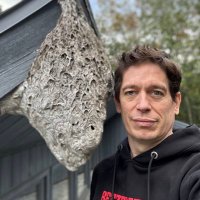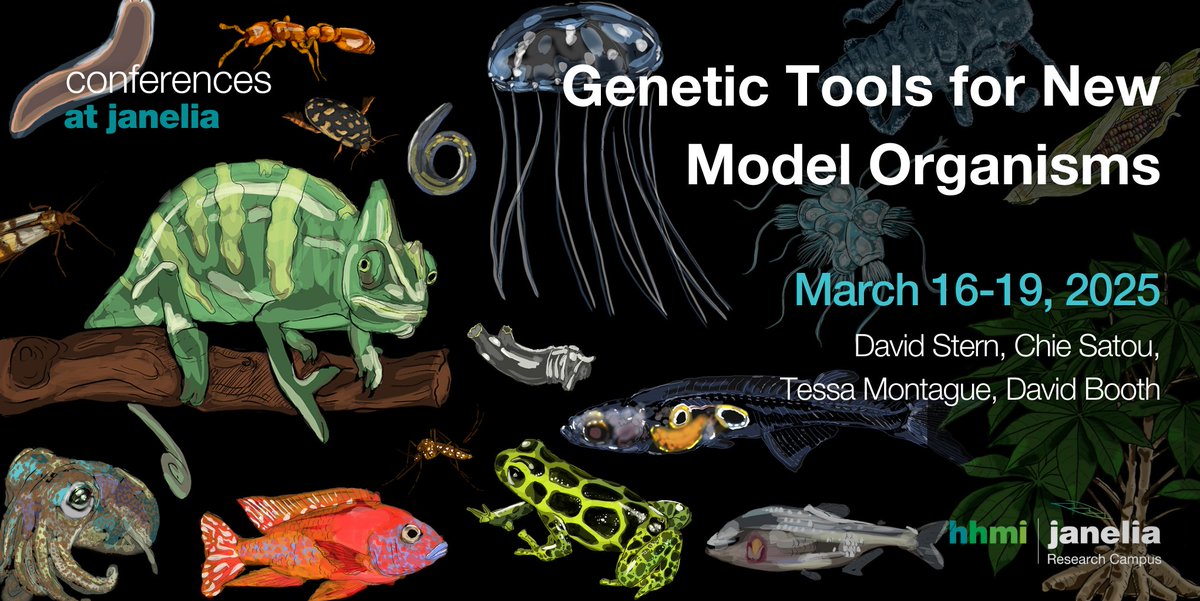
Daniel Kronauer
@danielkronauer
PI @RockefellerUniv. Investigator @HHMINEWS. Instigator of Clonal Raider Ant Project #CRAP. Myrmecophile for life. 🐜 🤓 🐜 Tweets science and 🐜 photography.
ID: 881261733872062464
https://www.rockefeller.edu/research/2280-kronauer-laboratory/ 01-07-2017 21:22:25
1,1K Tweet
5,5K Followers
2,2K Following


This meeting HHMI | Janelia will bring together researchers to share challenges and successes in the development of new genetic tools for a broad range of non-traditional model organisms and biological problems. Learn more + apply by Oct. 29 @ janelia.news/NMS25 @HHMINews


Super excited to be a part of the Simons Foundation community as a SCPAB Independence Fellow! Simons Collab on Plasticity and the Aging Brain Rockefeller University








A common watersnake (Nerodia sipedon) at Innisfree Garden in Millbrook, NY. This beautiful reptile was among the wildlife we encountered during our 2024 graduate course on Social Evolution and Behavior Rockefeller University.


Do you have lab experience with Drosophila, and an interest in experimental evolution? I'll soon be recruiting for a postdoc and technician to work on the evolution of memory in the People and Nature lab at UCL East. 2 bee posts also coming soon! [email protected]

I just finished this important new book by Matthew Desmond. Insightful, hopeful, and tangible - absolutely recommended!


Incredibly excited to finally be able to share this portion of my dissertation work! It wouldn't have been possible without the support of Dr. Aubrey Kelly and Malavika Murugan!

Thanks Nature Pod & Video for having me on! We talked about a new #braconid wasp species that uses adult Drosophila flies as its host. Fly lovers be warned, this timelapse of #parasitoid wasp larval emergence is in #natureismetal territory. Link to the episode below.


my first thought was, is this real? second was, i bet Daniel Kronauer knows. third was, of course, turns out he's published on this... pnas.org/doi/abs/10.107…

Honored that Miya Qiaowei Pan 潘乔维 and Hugo Darras wrote this piece about my recent article with Daniel Kronauer It’s a very good explainer too.



